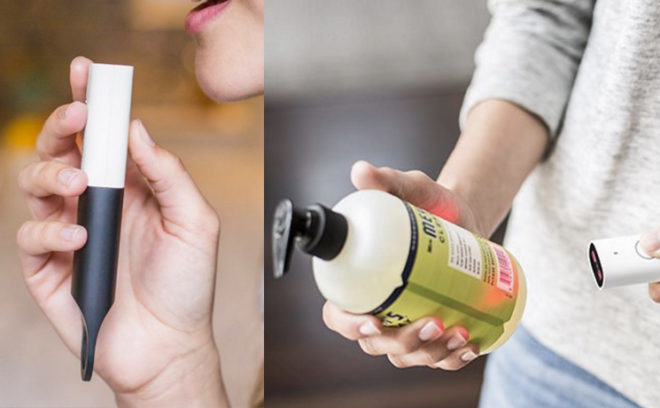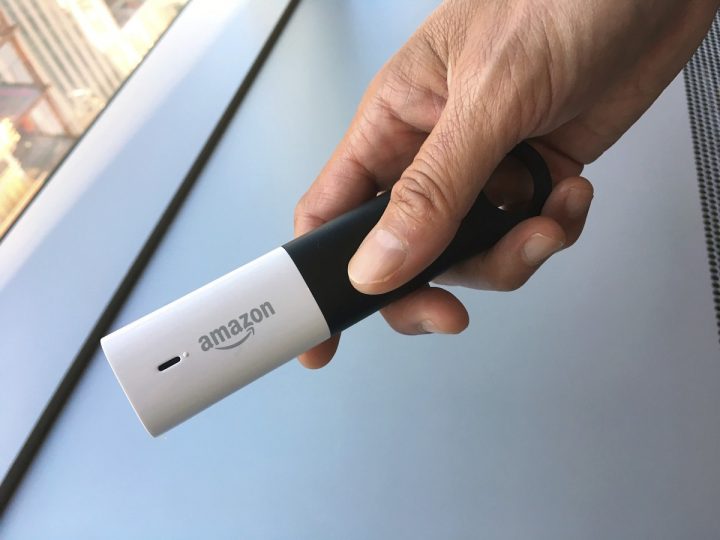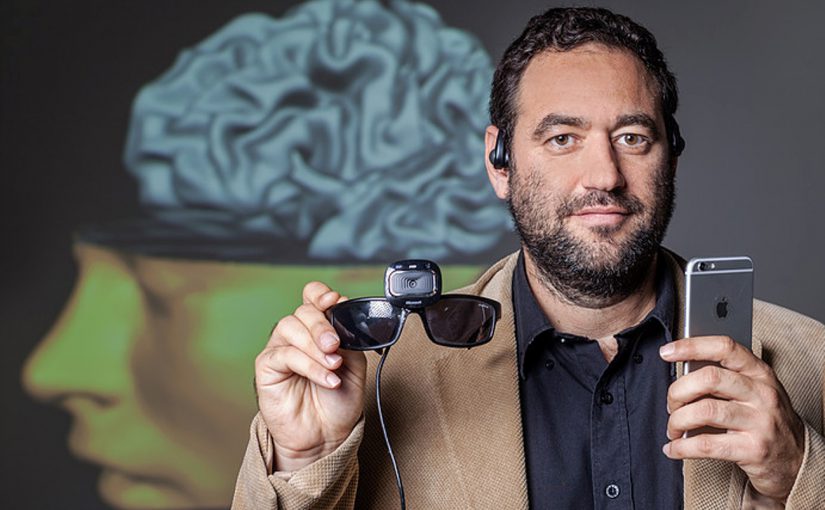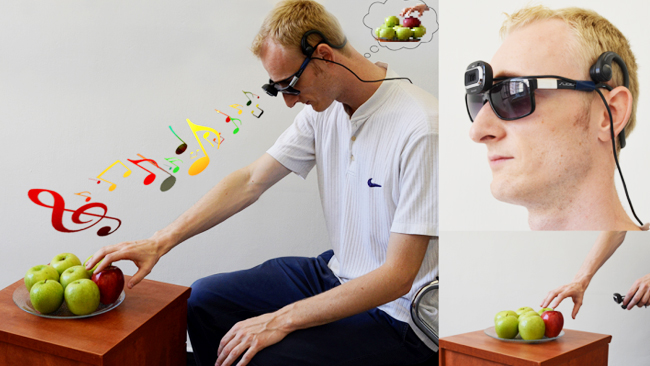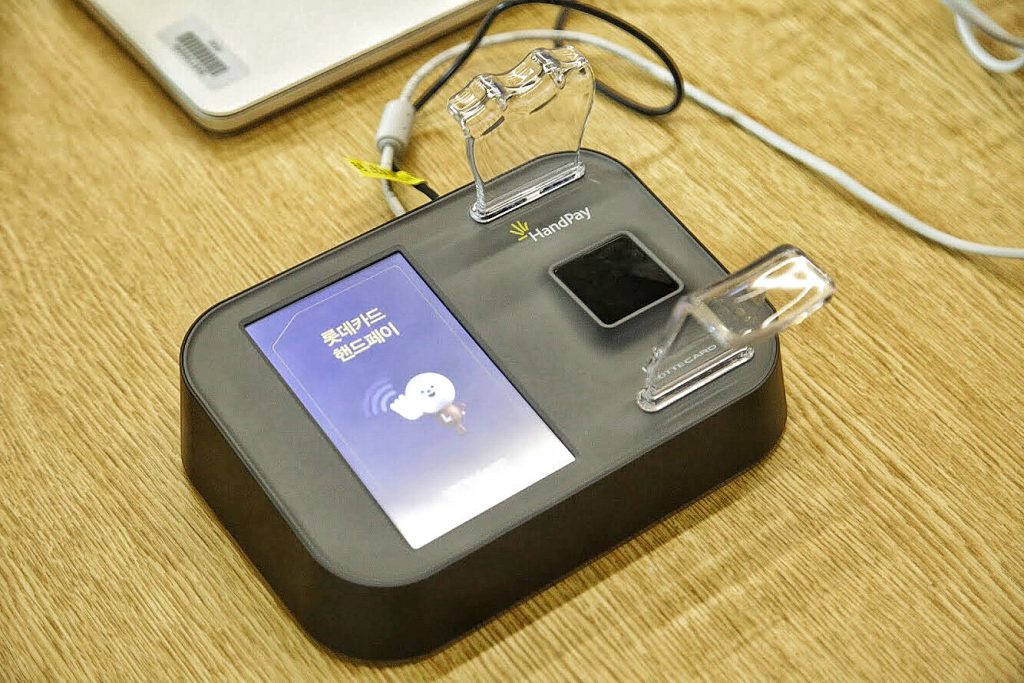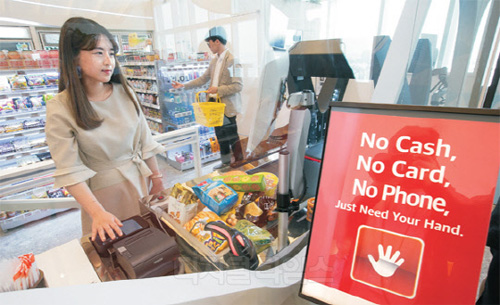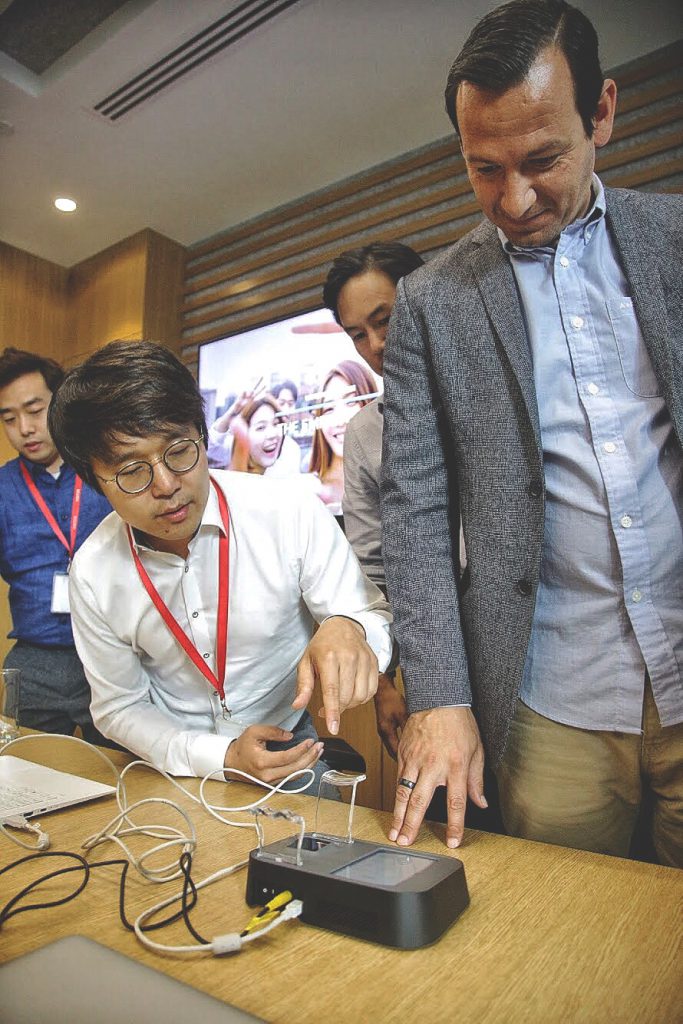Being more into up-to-date interactive gadgets in the market, here’s Google and Levi’s Project Jacquard (USD $350), a piece of smart clothing that will be available online from today 2nd Oct on wards. About its collaboration, Google developed Jacquard, a technology that can be woven into fabrics. As for Levi’s, it is the first brand to use the technology, and used its classic commuter trucker jacket to house it all.
Aimed at cyclists, this smart denim jacket allows users to customise their experience and get a variety of services be it maps or music directly from the jacket sleeve.

This means dismissing calls, getting directions, switching music and even reading messages out loud with the paired headset or its speaker just by swiping the sleeve or tapping it.

For this Commuter Jacket, it uses an interactive yarn to build the touch and gesture sensitive areas on the sleeve, where sensor grids can be created for even larger interactive surfaces. This allows designers to take advantage of LEDs, haptic and other outputs to provide feedback for the user.
The fibres are linked to a detachable smart tag which attaches itself on the cuff, which provides connectivity to your smartphone. This is removable and could be plugged into a USB port to charge it up.

Pros
- Well-packaged
A collaboration of two big brands is one way to attain brand credibility and trust of a buyer, hence buying reach of wearable technology. This collaboration is an important move as not only it fulfilled its aesthetics component, but it is also one of the most sleek and stylish wearables to date equipped with smart capabilities. If there is indeed a breakthrough in this product, it could lead to the rise of more iconic brands collaborating with technologies to create more wearables, expanding the market.
Cons
- Limiting gestures
There are only three types of gestures detected for this wearable. It may be a tad bit limiting to adhere to these such few gestures moreover, while on the road. Following the wearable principle, wearable technology design should start from the human, not the machine. Hence, the aspect of human-centered design can be further developed.
- Fabric vulnerability
With the nature of a clothing aimed at cyclists, there’s a high chance that this needs to be washed after sweaty rides. However, it was mentioned that this jacket could be washed a maximum of 10 times before it stops working. However, the material of yarn is limiting its shelf life despite its stylist exterior and capabilities as a wearable device. Hence, more research & development will be needed to cover up this product’s flaw.

Improvements
As a cyclist myself, I’d have a user inclination to use voice command if wearing this set of smart clothing kit, instead of lifting my grip off the bar to do swipes. Perhaps the makers could incorporate voice sensors into the smart chip around the collars of the jacket. This would create a hands-free device that changes my music, gives me directions and reads my messages aloud which is indeed more spectacular than needing gestures to perform an action.


